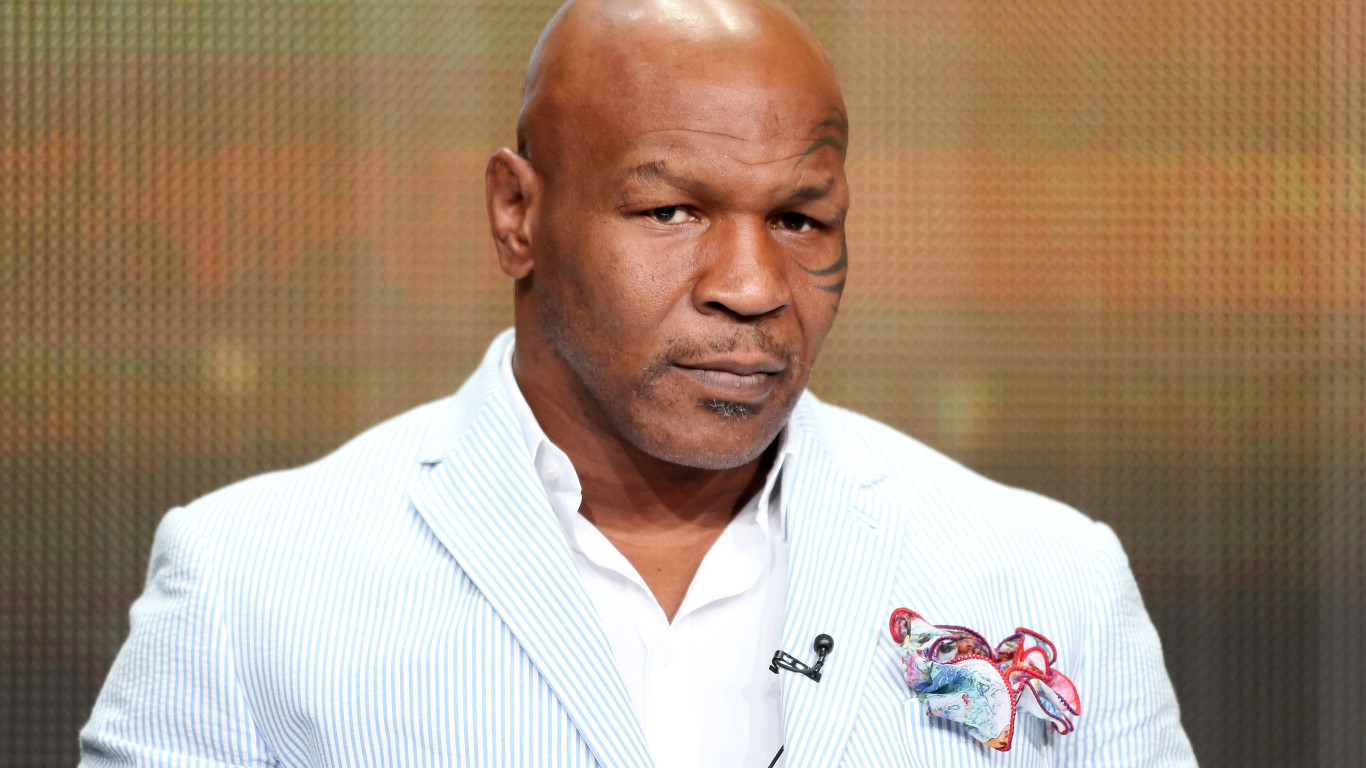
According to Yahoo Inc.’s (NASDAQ: YHOO) Flurry research team, growth in time spent with all app grew 65% year-over-year from August of 2013 to August of 2014. That’s barely a third of the growth in amount of time spent with a sports app and just a shade more than a quarter of the time spend on a football app.
Live sports programming may well be the last redoubt of cable and broadcast network TV. When CBS Inc. (NYSE: CBS) launched a streaming app for its network programming last week, it specifically said that NFL football would not be included in the offer. That’s no particular surprise because the weekly NFL games are the networks’ most-watched programs and if the games become widely available on mobile devices, pay TV services will not be pleased with the new competition.
Streaming video from companies like Netflix Inc. (NASDAQ: NFLX) and Amazon.com Inc. (NASDAQ: AMZN) have grabbed the market from pay-TV on-demand movies. And it’s getting worse for the cable and satellite guys. The movie studios “windowing” scheme gives movie houses and pay TV services a window of time when they are the sole legal source for a particular film. Netflix recently challenged the windowing scheme when it announced that it would release the sequel to “Crouching Tiger, Hidden Dragon” to its subscribers the same day the movie opens in Imax theaters next August.
Pay TV is also being threatened by the growing market share for companies like Hulu and now CBS.
Cable companies get no love from consumers who mostly believe prices are too high and service quality is too low. In nearly every way they can, consumers are voting with their wallets. Flurry notes that Netflix CEO Reed Hastings thinks that the Internet is already replacing television, that apps are replacing channels, and that screens are proliferating.
We noted research earlier this year that the average American has access to 189 channels of pay TV programming yet watches only 17 of those channels.
Like virtually every other big technological change of the last 25 years, the shift away from pay TV has begun gradually, but it will be driven by consumer demand, and that will only mean more pressure on networks and pay TV providers to offer what their customers want. Once the wall of sports programming — especially football programming — is breached, cable and satellite companies are going to be relegated to just one of many ways consumers can choose to watch a game. The pay TV guys with their near-monopoly hold on consumers will fight the change every inch of the way until they ultimately lose.
ALSO READ: Turner Networks Drop Dish as Content Companies Start Streaming
Want to Retire Early? Start Here (Sponsor)
Want retirement to come a few years earlier than you’d planned? Or are you ready to retire now, but want an extra set of eyes on your finances?
Now you can speak with up to 3 financial experts in your area for FREE. By simply clicking here you can begin to match with financial professionals who can help you build your plan to retire early. And the best part? The first conversation with them is free.
Click here to match with up to 3 financial pros who would be excited to help you make financial decisions.
Thank you for reading! Have some feedback for us?
Contact the 24/7 Wall St. editorial team.

